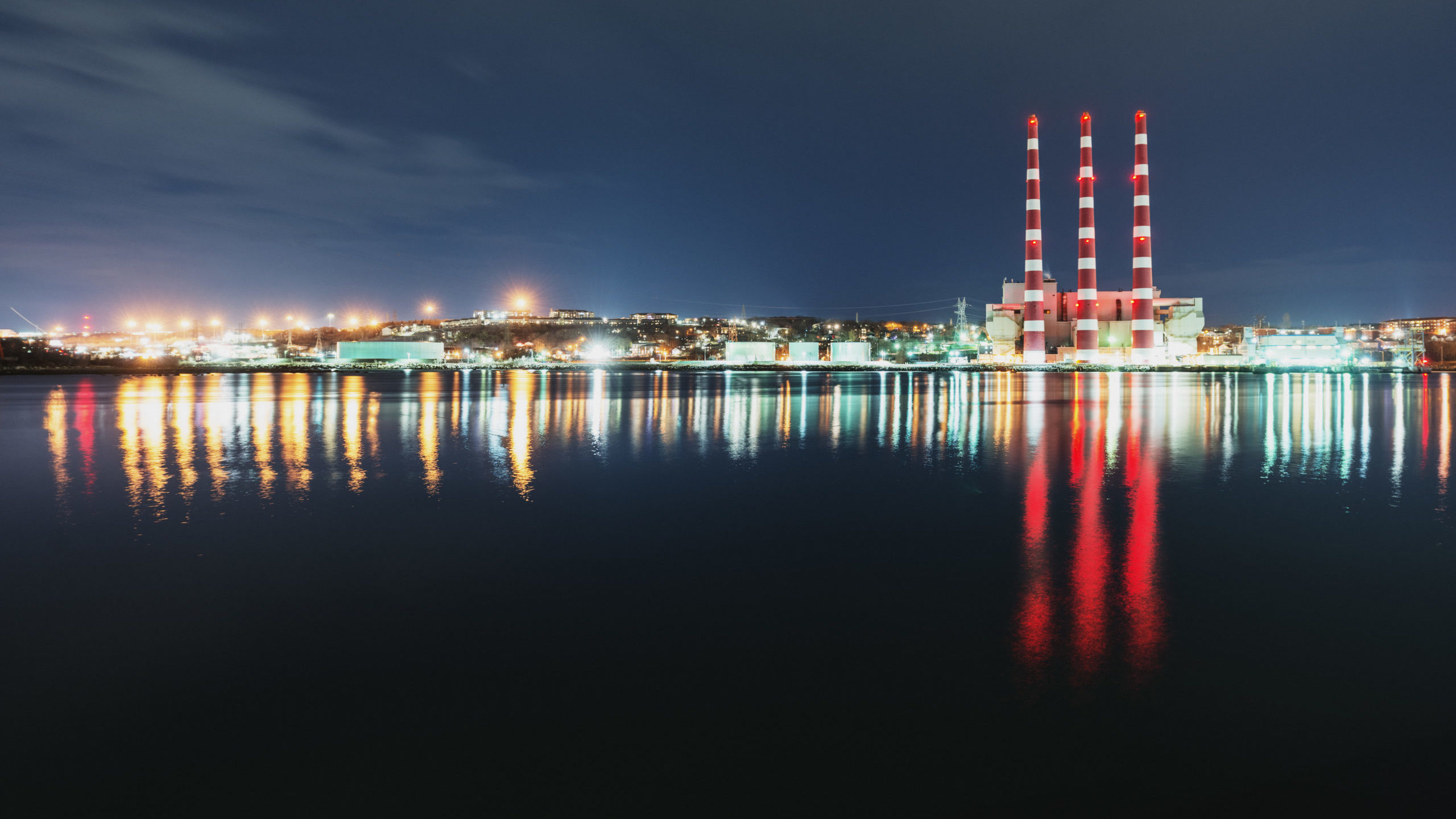
To sign up to receive the latest Canadian Energy Centre research to your inbox email: [email protected]
Download the PDF here
Download the charts here
Introduction
As one of the world’s largest producers of natural gas, Canada has the potential to capitalize on energy demand in the Asia Pacific region, through the export of liquified natural gas (LNG).
In this respect, and in the wake of COP-26, the question arises as to whether Canada’s natural gas production and processing sector is becoming cleaner on an emissions per barrel of oil equivalent (boe) basis.
To answer this question, the CEC examined Environment and Climate Change Canada (ECCC) historical greenhouse gas (GHG) emissions intensity numbers, expressed in kilograms of Co2 per boe, for the Canadian natural gas production and processing sector since 1990.
Canada’s Natural Gas Production and Processing Sector Production
For measurement purposes, the natural gas production and processing sector is comprised of the following, as per Natural Resources Canada (NRCan) definitions:
The upstream gas industry is made up of several hundred companies that engage in activities such as exploration, drilling, and production of raw natural gas. Some upstream companies also own and operate gathering pipelines and field processing facilities. The midstream natural gas industry operates natural gas processing plants, which remove impurities and natural gas liquids (NGLs), natural gas storage facilities, gathering pipelines, and NGL facilities (NRCan, undated)
According to the Canadian Association of Petroleum Producers (CAPP), while natural gas is the cleanest-burning hydrocarbon, the sector does emit GHGs, including methane, through fuel combustion and other operational processes (CAPP, 2020).
Canadian natural gas production has gone through some peaks and valleys since 1990, reflected by significant changes in natural gas prices. Between 1990 and 2000, Canadian natural gas production rose from 683 million boe per year to nearly 1.153 billion boe per year, an increase of nearly 69 per cent. Then, between 2000 and 2019, Canadian natural gas production fell from nearly 1.153 billion boe per year to 1.107 billion boe per year, a decline of nearly 4 per cent, with most of the drop attributed to the global recession, starting in 2008. However, between 2011 and 2019, Canadian natural gas production did rise from 994 million boe per year to 1.107 billion boe per year, an increase of over 11 per cent, the result of horizontal drilling and hydraulic fracturing techniques, notably in shale and other tight geologic formations.

Source: Derived from Environment and Climate Change Canada, 2021a.
Historical emissions intensity of Canada’s natural gas sector
Emissions intensity is the emission rate of a given pollutant relative to the intensity of a specific activity or industrial production process. Emissions intensity is determined by dividing absolute emissions by a unit of output, such as GDP, energy used, population, or, in this case, barrel of oil equivalent (boe) produced.
Reducing GHG emissions intensity means reducing the amount of GHGs emitted per unit of output.
Overall Canadian natural gas emissions intensity per barrel down nearly 5% since 2000 and nearly 22% since 2011
Using ECCC numbers drawn from the 2019 National Inventory Report (NIR), between 2000 and 2019, the GHG emissions intensity of Canadian natural gas production fell from just over 50 kilograms Co2 per boe in 2000 to just under 48 kilograms Co2 per boe in 2019, an overall reduction in those two decades of nearly 5 per cent.
And between 2011 and 2019, the GHG emissions intensity of Canadian natural gas production fell from just under 61 kilograms Co2 per boe to nearly 48 kilograms Co2 per boe, a decline of about 22 per cent.
According to CAPP, improved emissions management, particularly actions aimed at achieving methane emissions reduction targets and multi-well drilling pad approaches, are key drivers in emissions intensity reduction in this (natural gas) sector (CAPP, 2021).

Source: Derived from Environment and Climate Change Canada, 2021a.
Conclusion
Currently, Canada is building its first LNG facility where the product is expected to be used to displace coal in Asian markets. If used to replace coal in China, natural gas from LNG Canada alone is expected to reduce emissions (in China) by 60 to 90 million tonnes per year. This is more than the nearly 53 megatonnes (Mt) emitted from Canada’s entire natural gas production and processing sector in 2019.
Moreover, Canadian natural gas production and processing is getting cleaner. Between 2000 and 2019, the GHG emissions intensity of Canadian natural gas production fell from just over 50 kilograms Co2 per boe to just under 48 kilograms Co2 per boe, an overall reduction in those two decades of nearly 5 per cent. And between 2011 and 2019, Canadian natural gas production GHG emissions intensity fell from nearly 61 kilograms Co2 per boe to nearly 48 kilograms Co2 per boe, a decline of almost 22 per cent.
Notes
This CEC Fact Sheet was compiled by Lennie Kaplan at the Canadian Energy Centre (www.canadianenergycentre.ca). The author and the Canadian Energy Centre would like to thank and acknowledge the assistance of Philip Cross and an anonymous reviewer in reviewing the original data and research for this Fact Sheet. Image credits: Photocreo B1ednarek
References (all links live as of December 12, 2021)
Canada, 2021a. National Inventory Report 1990-2019: Greenhouse Gas Sources and Sinks in Canada. Government of Canada. <https://bit.ly/3v7v3yh>; Canada, 2021(b). Greenhouse Gas Sources and Sinks: Executive Summary 2021. Government of Canada. <https://bit.ly/3mo9feZ>; Canada. Undated, various. National Inventory report: Greenhouse Gas Sources and Sinks in Canada. Government of Canada. <https://bit.ly/3iHWsBE>;Canadian Association of Petroleum Producers (CAPP), 2020. Canada’s Natural Gas. <https://bit.ly/3EMOiRj>; Canadian Association of Petroleum Producers (CAPP), 2021. Canada’s Natural Gas and Oil Emission: Ongoing Reductions, Demonstrable Improvement. <https://bit.ly/3k2URH8>; Natural Resources Canada (NRCan), undated, Natural Gas Facts. <https://bit.ly/3GJmU8q>.
Creative Commons Copyright
Research and data from the Canadian Energy Centre (CEC) is available for public usage under creative commons copyright terms with attribution to the CEC. Attribution and specific restrictions on usage including non-commercial use only and no changes to material should follow guidelines enunciated by Creative Commons here: Attribution-NonCommercial-NoDerivs CC BY-NC-ND.